Sales Enablement Reps Actually Use
Less Time Searching. More Time Selling.
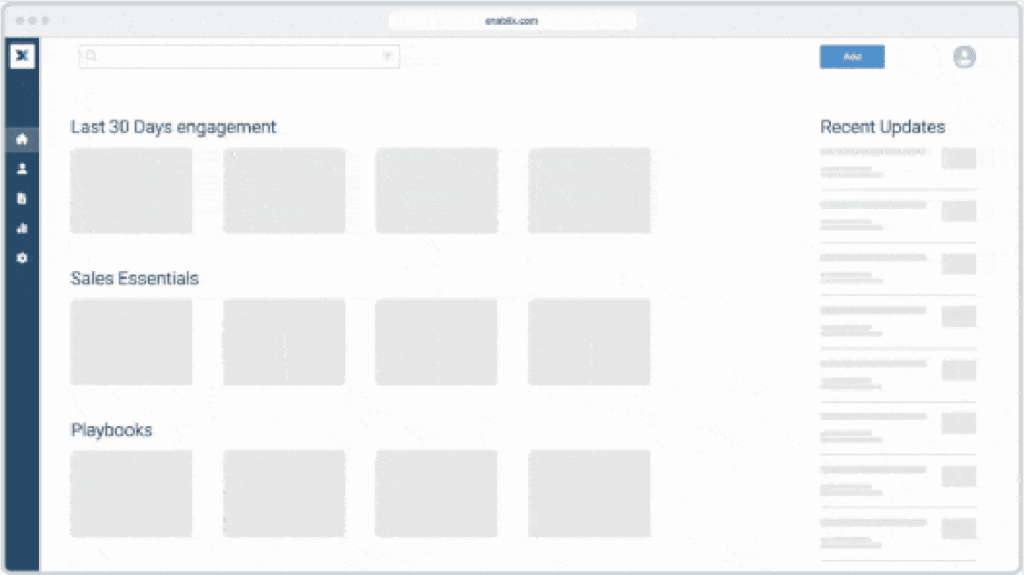
With Enablix's Sales Enablement Solution, reps have the ability to access relevant content, share it with the right experience and message, and track engagement to learn about buyer intent - all in one platform
Your Team's Single Source of Truth
From tailored content recommendations to customizable deal rooms and microsites, Enablix has what you need to put your content to work




Sales reps not only save hours a week searching for content, but increase their meeting booked and overall revenue attainment through Enablix. Prospect microsites, playbook recommendations, and integrations throughout the sales tech stack save time and deliver quota
Ditch the DAM with Enablix's intelligent content storage and recommendation system for marketing teams. No more versioning or hours spent searching for the right file - complete with transparent analytics on how members of every revenue team access and use all marketing content
Maintaining a sales enablement platform shouldn't be a full-time job - and now it doesn't have to be with Enablix's automated workflows. Measure how reps use the platform, tie enablement efforts directly back to revenue, and see how plays and playbooks are performing with Enablix

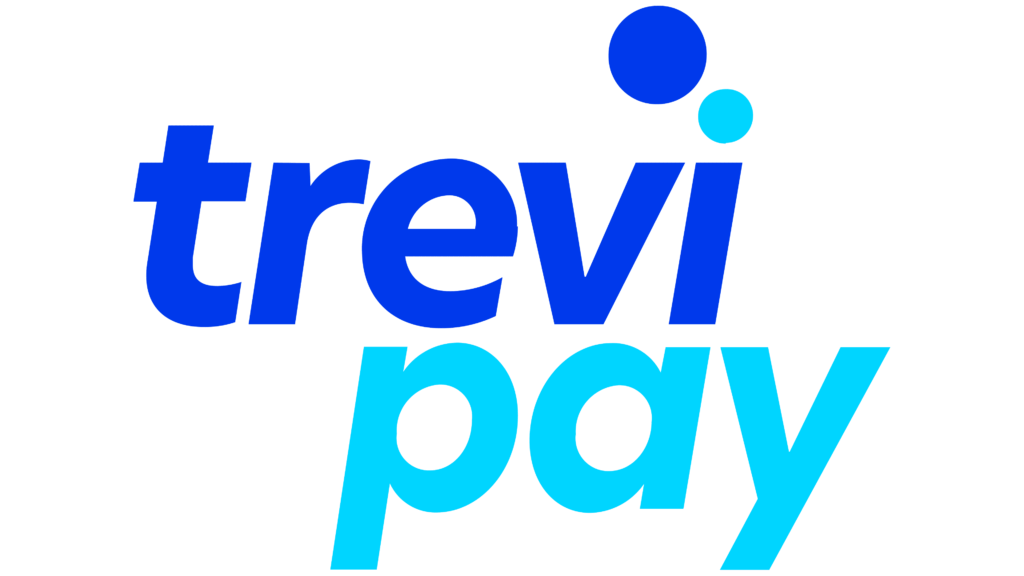


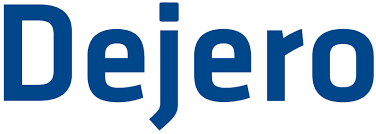





















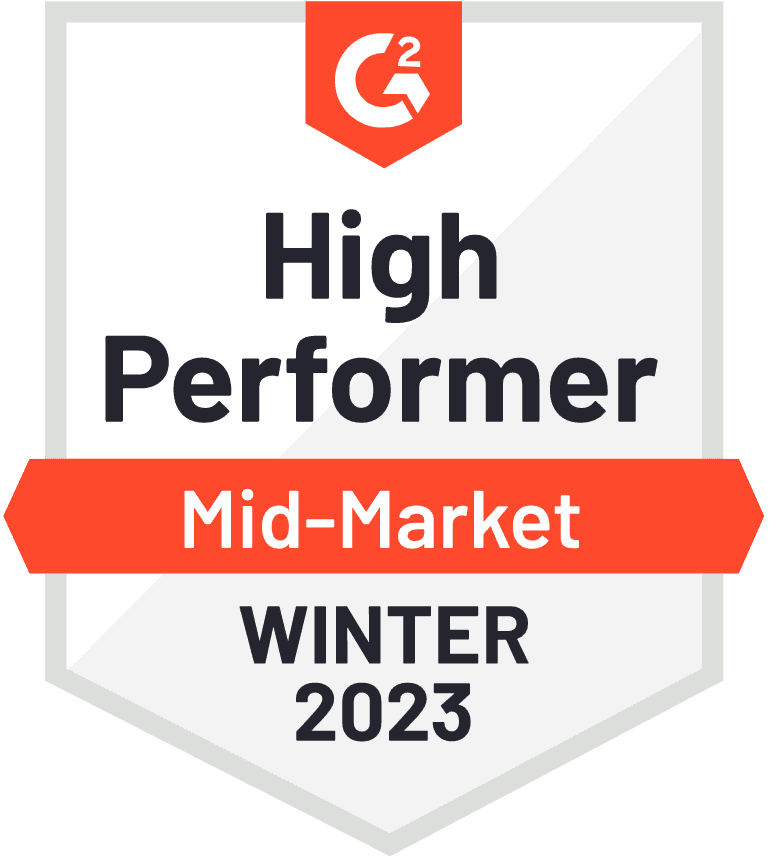
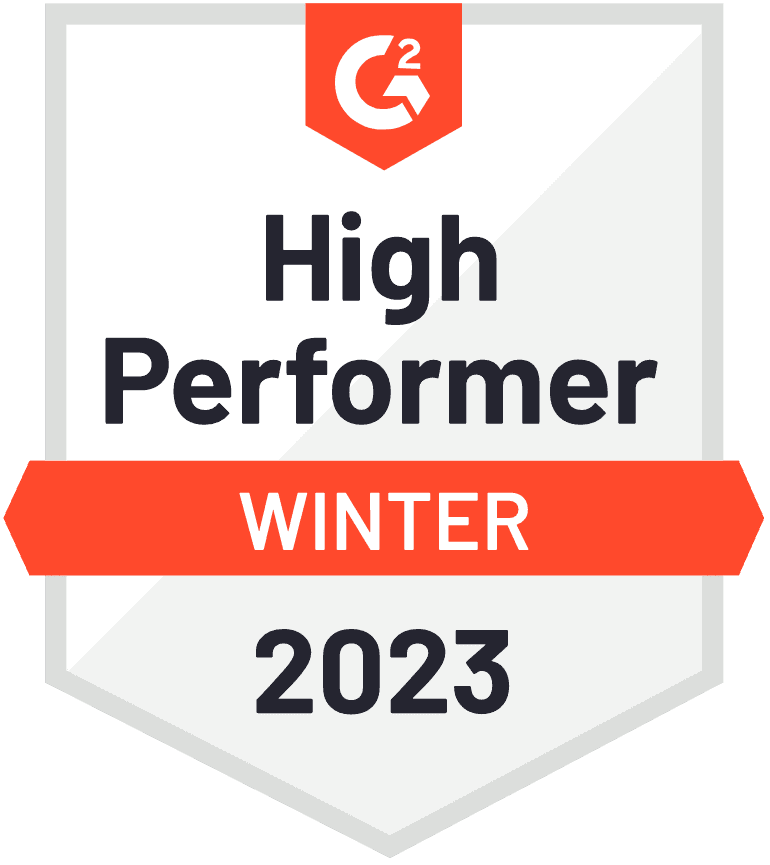
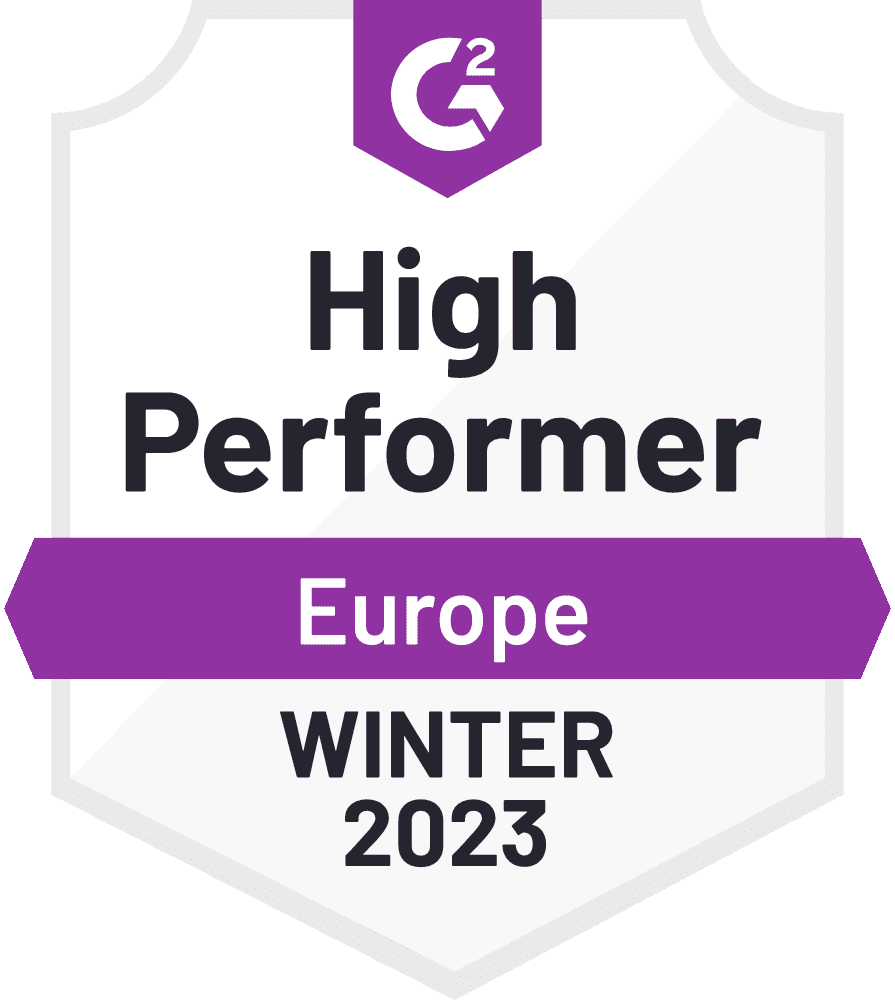
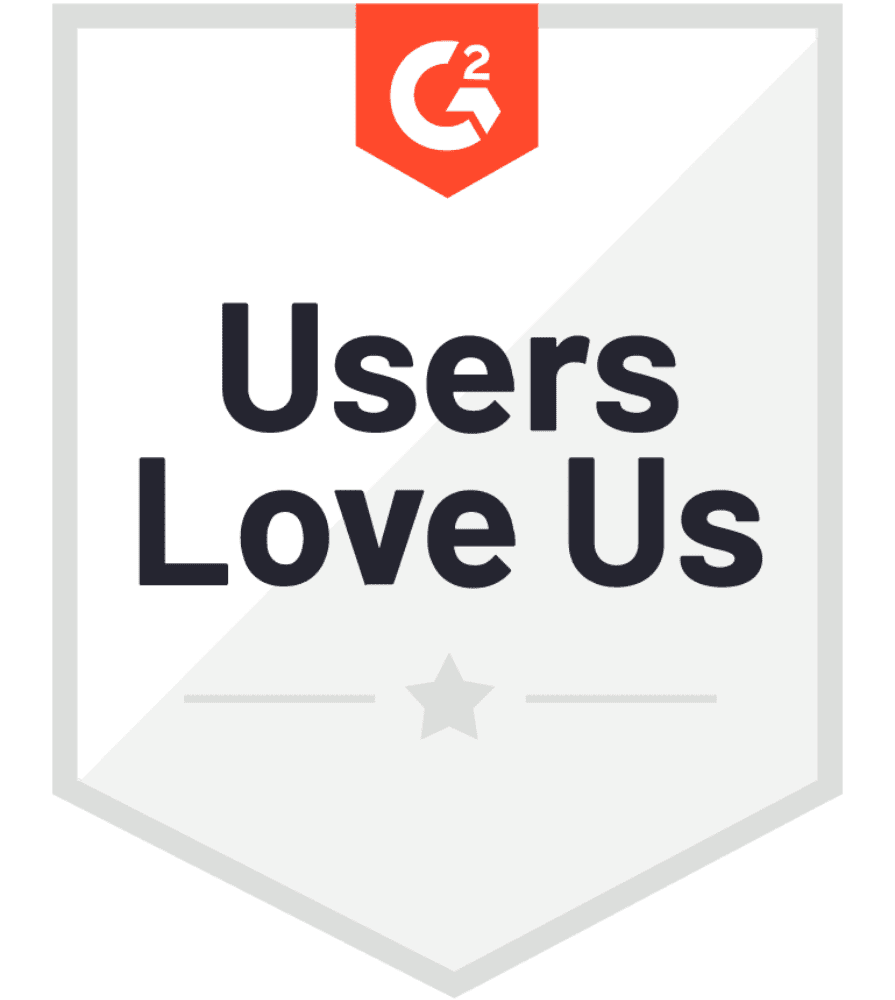
Power Up Sales with Smart Integrations
Enablix seamlessly integrates with your existing content management systems and other apps to streamline content access and improve content adoption. Boost marketing operatios, enable revenue teams, and collect content to a single platform. We can create a custom integrations plan that streamlines your process.
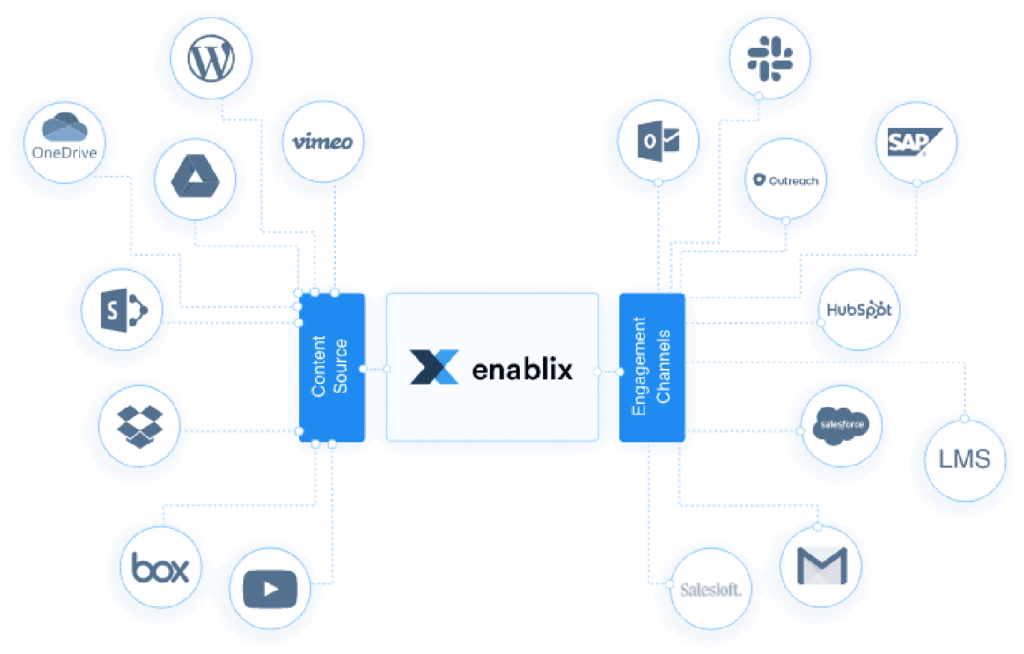
Intelligent Sales Enablement
Reps love us because we are easy to use and we help sales representatives close more deals.
Admins spend less than two hours per week maintaining the content library because of Enablix Content Intelligence.
Integrations throughout the sales tech stack mean reps are never more than one click away from content and training
A Sales Enablement tool delivers value – but only if marketers and enablers drive adoption and prospect engagement, and make the right content investments. That means, it is not a magical platform that simply works. On the contrary, if left unsupervised, a sales enablement platform is bound to fail. While the sales enablement space has come a long way in the last decade, strong process and data-driven mentality continue to be the foundation of a strong sales enablement program.
One of the biggest benefits of sales enablement technology is access to valuable insights. These insights give organizations visibility into what is working and what isn’t and make informed investments. Armed with these insights, stakeholders can drive revenue growth and align enablers with salespeople.
But for many practitioners, it is unclear what insights to expect from a sales enablement platform. Additionally, not all insights are equal. Some have dependencies on other sales and marketing processes and systems.
In this post, we discuss 14 valuable insights that organizations should gain from implementing a modern sales enablement strategy. If you are considering investing in a sales enablement platform, then having upfront information on what insights to expect will help you set the right expectations with senior leaders and other stakeholders. And if you are already using sales enablement software, we hope these insights and the details shared with each of the insights help you improve your sales enablement program.
We have categorized these 14 insights into five logical buckets.
If your sales representatives aren’t accessing, using, and sharing the most up-to-date content, enablement fails. And failed enablement means – lost deals, slow pipeline, and misaligned sales & marketing teams.
When done right, an enabled seller’s performance will translate to value to prospects, buyers, and customers. Reps are more likely to find and share the right content with their prospects, have the right communication skills, and not bug marketing and enablement teams with content requests. Plus, reps can quickly and accurately respond to their prospect’s needs, increasing their likelihood of winning business.
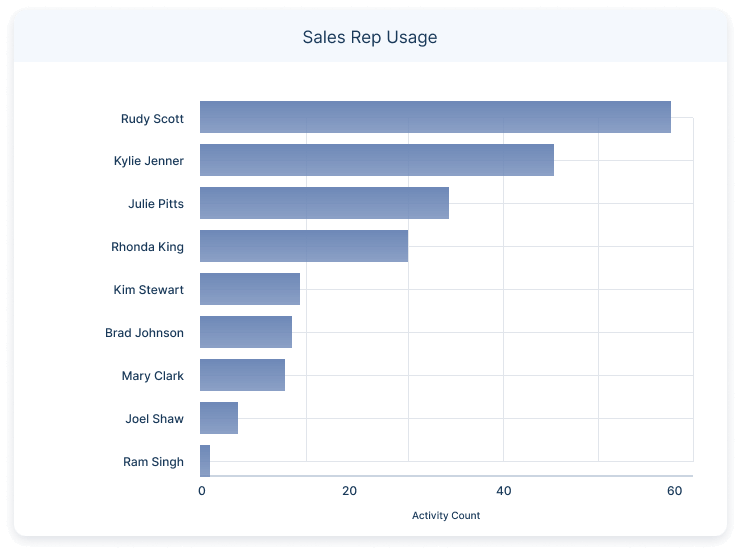
“Having a snapshot of how frequently your reps engage with your content can provide a lot of insight about who your content champions are throughout your organization.” Director of Marketing
Organizations that have not used a sales enablement platform recognize that content management using cloud storage apps like Google Drive or Sharepoint is not easy. A modern sales enablement tool is meant to overcome these content management challenges and give reps a central access point for all the relevant content needed in the selling process.
But, simply building a content library does not mean sellers are going to use the content library. You want to regularly track whether or not sellers are using the content library and the resources in the library.
Avg sales cycle and the pipeline velocity will determine how frequently reps use the library. Sales teams with shorter sales cycles use the library quite often. And those with longer sales cycles tend to use it infrequently.
Don’t be surprised if you see a direct correlation between high-performing sales reps and their usage of the content library.
When you have sellers exhibiting low or no usage, treat it as a sales training opportunity. And for effective sales training, it is better to have one of their peers share how they benefit from using the tool and its resources. Coming from their peer is more likely to make the training sticky.
Expect spikes in seller engagement close to major events like New Sales Hire, Sales Kick-Off, Product Launch, Brand Refresh, etc. Take these spikes into account when measuring engagement to improve your ongoing process.
Track engagement by different sales roles. E.g. SDRs exhibit different engagement patterns than Account Executives.
For an accurate comparison, you should look within a sales team cohort. E.g. sales teams in certain geographies, by market specialization, or remote sales teams versus in-office sales teams.
Track frequency of access and total numbers to make sure there is a healthy balance. There are reps who will sign in once in a couple of months. They are likely to miss out on important updates with infrequent access.
“Account executives and SDRs have different preferences on where they communicate with prospects. We cannot ask reps to leave their workflow to adopt a new content tool.” VP of Sales
Sellers need access to these resources where they have sales conversations with their prospects and buyers. And sellers are already using too many sales tools. They don’t want yet another sales tool that they need to access in their workflow. Modern sales enablement tools offer integration into other sales tools. This is hugely beneficial for adoption. Sellers can continue to use their existing applications without any disruption of their workflow.
Give reps access to content where they work. For engaging with buyers and prospects, account executives prefer access to content resources in their CRM or Email application. For internal communications, Slack or Teams are the ideal channels.
SDRs are more likely to access content from Sales Engagement Apps like Outreach.io and Salesloft.
Are your sellers prospecting on LinkedIn? If they are, give them access to their content library with a browser plugin.
Reps may not be aware of all the options that exist to access the content library. Don’t settle on a one-time sales onboarding event. Educate reps on different features over time. Small improvements in a rep’s workflow go a long way in adoption, engagement, and increasing enablement ROI.
Track channel engagement by business roles to compare the popularity of different channels.
Modern enablement tools can push relevant updates on different channels. Differentiate between push notifications (on Slack/Teams/Email/CRM/Sales tools) vs. pull behavior.
“Old school sales reps are hesitant to share content using links. They prefer downloading a deck and attaching it to emails. In this process, they lose the ability to track engagement.” Director of marketing
Sellers have their personal selling styles. Similarly, how sellers engage with content also varies significantly. Making content available for the reps is not enough. It would help if you also tracked what reps do once they find the content asset that interests them; it also eases the sales operations. No matter the methods, the goal of a sales enablement program is to drive everyone to a common goal – more revenue.
Today’s sales enablement software offers multiple engagement options. Reps can share links, email assets, download them, and create custom pages for optimized buyer experiences.
Encourage sellers to share content to drive buyer insights and increase sales productivity. If a rep downloads a sales deck and shares it, they and you will lose valuable insights; which might also affect sales performance in the long term.
Educate sellers on how they benefit by using the full features of the platform.
Buyer preferences may vary based on their market characteristics. E.g., Financial Services institutions may restrict email tracking due to security concerns.
Some Reps may need additional training help (e.g. training video) on how and when to use these options.
Track engagement by sales roles. SDRs may exhibit different preferences, given they spend most of their time in sales outreach sequences and cold calling vs. AEs.
B2B buyers buy from vendors who demonstrate knowledge of their business challenges and their market. A recent report mentioned that 90% of the buyers buy from vendors who share relevant content that speaks to the buyer’s needs.
Therefore, companies must invest in content that genuinely helps their prospects and customers. Having sellers access and engage with content is not enough. You also want your prospects and customers to find the content valuable and relevant to their buying needs; makes it easier for purchase decisions and enabling conversions. And then you increase the likelihood of winning more business.
Prospect and customer engagement insights inform marketing teams and sales enablement teams to make data-driven content investments.
“In an Account-Based Selling process, gauging engagement of content by high-value accounts is important for making the right content investments.” – VP of Sales Enablement
Account-Based Marketing (ABM) and Selling have clearly proven valuable for high-performing sales organizations. Marketing and sales teams are putting resources and dollars into targeting named accounts with relevant content. Marketing teams can track whether or not account-targeted content is working.
Sales Enablement Solutions can correlate data with your marketing automation and CRM to generate account-level insights that help conversion.
Supplement your ABM strategy with sales content engagement insights. These insights will help you make informed content investments.
Use account-level insights to better the customer journey.
There is an opportunity for SDRs, AEs, and Customer Success reps to collaborate at an account level through the customer lifecycle.
Reconciliation of account data from CRM and content engagement data from the sales enablement software is a prerequisite for enabling account-level insights.
The quality of your CRM account data will drive the accuracy of engagement data and could become one of the biggest challenges.
Track engagement by Industries or Markets. You will learn market/industry trends that will help you link ROI to your content efforts.
“Today, you are selling to multiple personas in your accounts. Creating and tracking persona-level engagement is crucial for enablement investments” – Product marketing manager
The majority of B2B purchases involve multiple potential buyers. It is said that on average there are 7 to 9 customer stakeholders that have a say in a B2B buying cycle. And clearly, these individuals have different personas. This means that for an effective selling process, organizations need to invest in content that resonates with multiple buyer personas.
Sales professionals will track prospect’s and buyer’s content engagement. As a marketer and enabler, you can roll up these insights at a persona level to track whether your content is resonating with your target personas.
Persona development is an ongoing process. Persona-level content insights will be an important tool in this development process.
It is common to have one content piece appeal to multiple personas.
Sales & Marketing teams need to be on one page about target personas. Reps need to share the right content with their prospects as they go through the selling journey and ongoing customer journey.
You should track persona information in your contact database (in CRM or Marketing Automation tool). Without persona information, you cannot track persona-level content engagement that might affect your business goals.
“Tracking how content is engaged by prospects through the buying process is the perfect measure of your sales process and content investment assumptions.” – VP of Marketing
As the buying process progresses, potential buyers need different types of collateral at different stages of the buying process. Usually, marketing teams have visibility on the top-of-the-funnel content engagement. This is tracked with leads and prospects visiting websites and engaging with blogs and lead magnates. But they lack visibility of middle and bottom-of-the-funnel content engagement. With a sales enablement tool, marketers have end-to-end visibility across the funnel and the advantage of sales enablement metrics.
Modern sales enablement apps recommend content at different stages of the sales funnel. Prospect engagement insights can help drive the ongoing recommendations.
Your sales process should reflect how your buyers buy. Without alignment with the buyer’s process, the learnings from these insights will miss the mark.
You can track customer content engagement through the different renewal stages with well-executed sales enablement functions.
You don’t need granular sales stages to track engagement across the sales funnel. You can identify broad engagement patterns based on the early, middle, and bottom stages of the selling cycle.
Creating content is expensive. It takes time and dollars to generate buyer and customer-relevant content. With a content enablement program and sales enablement technology, marketers and content creators have direct feedback on the collateral assets’ effectiveness and popularity. They know what is working and what is not.
Companies create sales and marketing content for two audiences. For external users – prospects and customers. And for internal customer-facing sales & customer success teams.
Ongoing insights immensely help streamline marketing techniques and investments in content.
“Before using a sales enablement app, we were completely blind to how our sales professionals and customer success team members were using marketing materials.” – Product Marketing Manager
Not all content assets are equally popular among sales team members. From our interactions with clients, we clearly see that sales professionals prefer a certain type of collateral over other assets. Marketing teams are encouraged to partner with sales when investing in content. However, seller’s content engagement insights can tell marketers which assets are popular among the sales reps.
Middle-of-the-funnel content tends to be more popular amongst sales teams.
In addition to external-facing content, sales reps also engage with internal-only content. For instance, they will access training videos, internal-only slide decks, and pricing documents to help them sell.
An efficient sales process should reflect how your modern buyers buy. Without alignment with the buyer’s process, the learnings from these insights will miss the mark and could make an impact on sales.
You can track which type of content assets are more popular. E.g., are case studies more popular than white papers?
Content popularity may vary by role. SDRs, AEs, and Customer Success reps may prefer different types of collateral.
Newly onboarded sales reps will engage with various content assets as they are learning about Knowledge-based sales interactions. These learnings can help improve the onboarding process and time to revenue.
“Knowing what reps are sharing with prospects (and what they aren’t) in the middle and late stages of a sales opportunity has been very useful.” – Director of Marketing
The benefit of sales enablement insights is that you know what reps are accessing and what they are sharing forward with their customers. These insights can build the foundation for marketers to ask the right questions of what sales teams find valuable.
Track how sales reps are sharing content with potential customers. Are they emailing it using the sales enablement app or customer relationship management tool, or are they sharing content via Sales Navigator?
Determine when reps are sharing content in the sales process? We discuss more on this in the Content Attribution section of this guide.
Help reps track engagement on the content usage. Feedback on shared content will help reps share content that resonates with their prospects.
Reps will need help sharing the content with the right message. Creating a case study is not enough. Coaching reps on how to share that case study with an email template will improve the effectiveness of the case study. Typical sales organizations should have multiple email templates and formats.
Encourage reps to share content using your sales enablement app that drives valuable conversations. This sharing method will enable a feedback loop and improve overall analytics and decision-making.
Don’t limit tracking to marketing-created content only. Monitor sharing of assets that reps have added to the system.
In addition to tracking individual assets, you can track the content types shared the most by the sales reps.
Different sales roles will share different content assets.
“Knowing what content pieces are being accessed by an external audience is powerful. We can double down on effective collateral and scale what is working.” — Chief Marketing Officer
Some content management tools will tell you who is accessing the content internally. But they rarely tell you what is shared externally and how are your prospects engaging with the shared collateral. This is where companies with sales enablement technologies have an upper hand over their competitors.
You are likely capturing top-of-the-funnel engagement in marketing automation tools. Reconcile prospect engagement across the funnel by integrating sales content engagement with a marketing automation tool. Or you can reconcile activity data in your CRM or third-party reporting tool.
External engagement insights will tell you which content assets work for your prospects. For presentations, videos, and PDF assets, modern enablement apps will tell you how much time your prospects spend on different parts of the content; also helps you inspect closed deals.
These insights can be valuable for sales leaders to gauge the performance of their sales teams.
Capture prospect identity by streamlining the sharing process. Anonymized content engagement insights are less useful.
Track which content types are showing the most engagement. For instance, are Case Studies more popular than White Papers?
Find out if the engagement differs based on the persona of the prospect. E.g., CIOs are more likely to engage with Technical White-Papers, but business users are likely to engage with case studies.
Maintaining a fresh and relevant content library is critical for a successful sales enablement program. Companies don’t realize how much content they create. And once they have a sales content management repository to support this program, they find that the amount of content can be overwhelming. To avoid content overload, you should have a pulse on content coverage.
Like content engagement data, content coverage data helps marketing and sales operations teams be on the same page. Coverage insights ensure that marketing and sales are working off the latest and most relevant content to drive sales and growth.
“Organizations are constantly evolving. That means reps need to work with the latest and relevant content. We don’t want reps to be confused with old and outdated content and messaging.” — Chief Marketing Officer
One of the important sales enablement efforts is keeping up with the constant change in the business and sales goals and strategy. With the changing markets, new competitors, and changing buyer preferences, the sales enablement charter can be changing regularly. And this has a direct impact on what content is relevant for the sellers and potential buyers.
Content decay is a big reason why reps stop using the content portal. Old, irrelevant content compromises content discovery. Verify assets regularly to maintain a current relevant content library.
There are many reasons why a particular content asset is no longer relevant or needs to be updated: Incorrect Branding, Low Engagement, Inconsistent Messaging, etc.
Just because something is old doesn’t mean it should be retired. Some older assets are more popular than what you are producing today. Always consider the popularity of an asset when handling old assets.
Make sure you don’t maintain multiple versions of the same asset. Reps care about the latest versions of the asset.
Another way to filter this report is to track the aging of low-engagement assets. Old assets with low engagement should be reviewed and retired if deemed necessary.
“Sales, marketing, and customer success teams should be on the same page on what content we have for different target personas. This alignment is critical for successful revenue operations.”– Chief Marketing Officer
The right content coverage across your personas is more important than a complete one. Your content coverage should align with your org’s go-to-market and sales strategy.
Strong content coverage will drive sales & marketing alignment. It is the foundation of a solid sales enablement framework.
It is common to have many top-of-the-funnel content assets as they are supposed to drive leads and support the sales process.
Your target personas already have access to high-level industry content online. When engaged with your sellers, they are looking for content that will help them meet their requirements and affect a positive impact on business.
Other business categories to track coverage are – Industries, Markets, Verticals, Solutions, Use Cases, Competitors, etc.
“Organizations are constantly evolving. That means reps need to work with the latest and relevant content. We don’t want reps to be confused with old and outdated content and messaging.”– Chief Marketing Officer
By mapping content to the buyer’s and customer’s journey, you can guide your sales team with the right content at the right time in their sales opportunities for effective sales enablement.
When mapping, don’t limit to external-facing content only. Internal-facing assets are equally valuable for the reps to do their job. Proposal templates, pricing guides, and other sales assets are vital to selling successfully.
It is better to go with a broader categorization of the funnel for complex, long-running sales cycles. Sales stage level categorization works when your sales playbook is repeatable and prescriptive.
Your rep knows the buyer the best and their company size. Don’t be surprised if the content gets used outside the mapped buying stage. Content mapping is meant to help reps guide the buyer through the journey. It is not supposed to be a strict mapping. On the contrary, the usage pattern of this content will help sales enablement teams settle on more accurate mapping of content to the sales stages.
To drive granular engagement, you can map content to different stages of your sales process in the CRM tool.
Filter coverage by industry, solutions, markets, etc., when selling across different business categories.
Content attribution is vital for marketing teams. If done right, attribution is the best way to prove marketing ROI. There are several tools and techniques to attribute content assets to leads. However, most marketing teams struggle to attribute content assets to won opportunities. Because marketers have no visibility into the content that front-line sellers are sharing, when they are sharing, with whom they are sharing; alignment between the marketing and selling team is the issue here.
Organizations can use sales enablement platforms to gather content-sharing insights for sales readiness. They can find when in the sales journey did sharing/engagement take place and its influence on won deals.
To enable these sales enablement metrics, marketers should correlate sales communications and prospect’s content engagement activity with the sales pipeline to implement sales effectiveness.
“Marketers today have figured out the top of the funnel attribution. But struggle with middle and bottom of the funnel attribution. A sales enablement app fills this gap.”– Chief Marketing Officer
The best way to tie your sales enablement efforts to sales success is to use attribution data and show clear ROI on your sales enablement investments.
No single content asset wins a deal. But when analyzed broadly, marketers can differentiate between performing and non-performing assets; it is the core focus of the sales enablement teams and the primary function of engagement tools.
To drive attribution, make it easy for reps to discover and share content assets in the context of their opportunity and drive marketing insights.
To attribute content to data, you need to reconcile content across your marketing and sales stack. And you should reconcile engagement data from marketing automation, and sales enablement apps need to paint a complete picture of the entire buyer’s journey.
Attribution is dependent on the accuracy of your CRM data. Make sure you have data accuracy before you invest in measuring content attribution.
You can track attribution over the life of a customer account from pre-sales to the entire customer journey.
“Marketers today have figured out the top of the funnel attribution. But struggle with middle and bottom of the funnel attribution. A sales enablement app fills this gap.”- Chief Marketing Officer
Track content utilization across the sales deal stages. This report is similar to How Buyers Engage Across The Sales Process? Except, here you look at which content and content types are performing for different stages of the sales funnel(measure sales effectiveness).
Depending on the deal stage, you can consider different effectiveness weightage. For example, content used in the Proposal stage is considered more effective than the one used in the Qualification stage.
Here is a simple scorecard for sales enablement professionals to track these sales enablement metrics in one place.